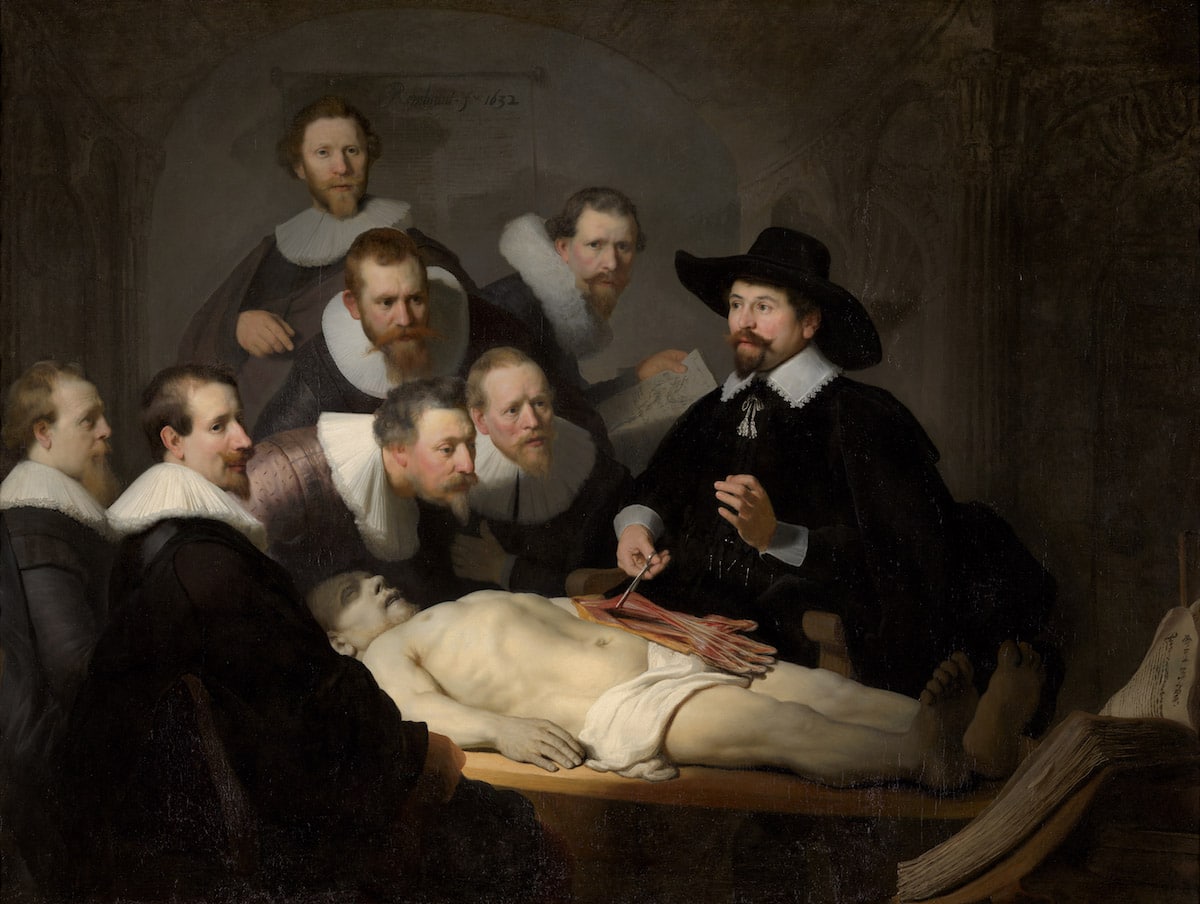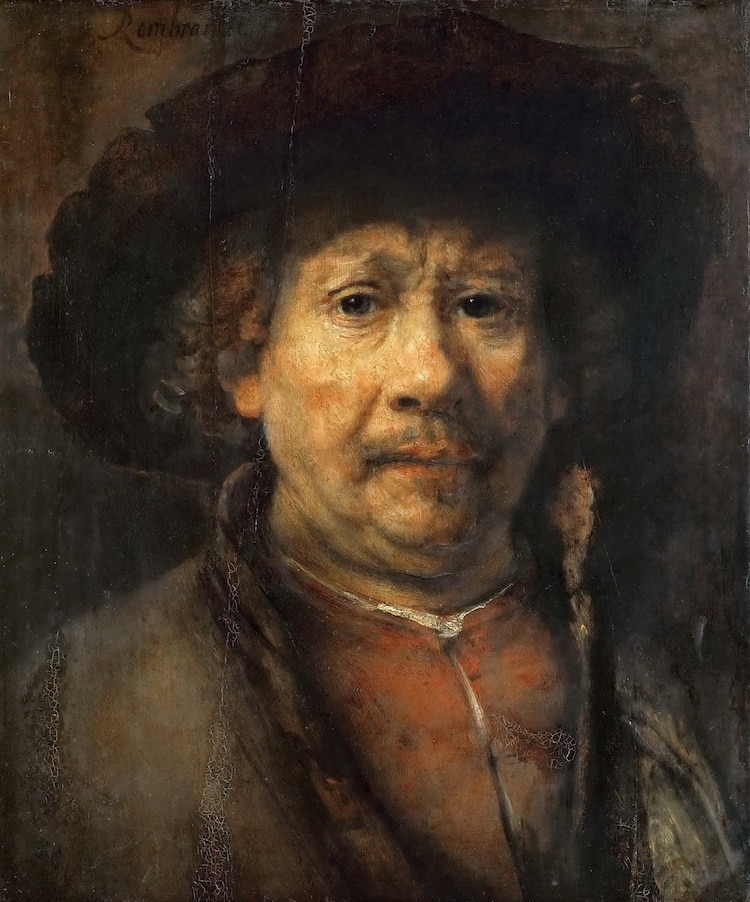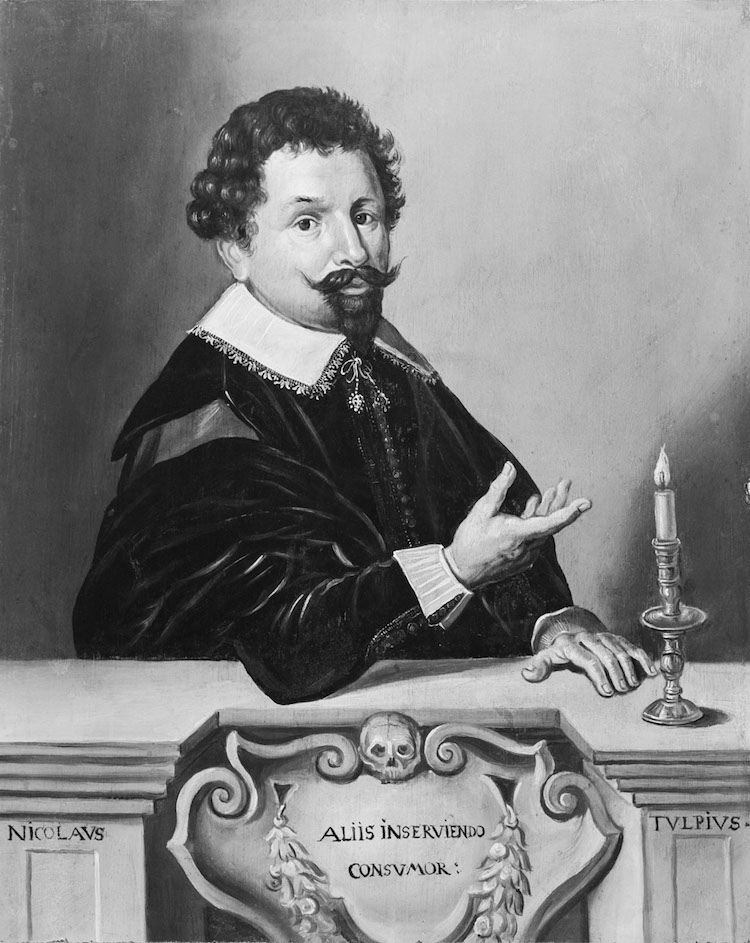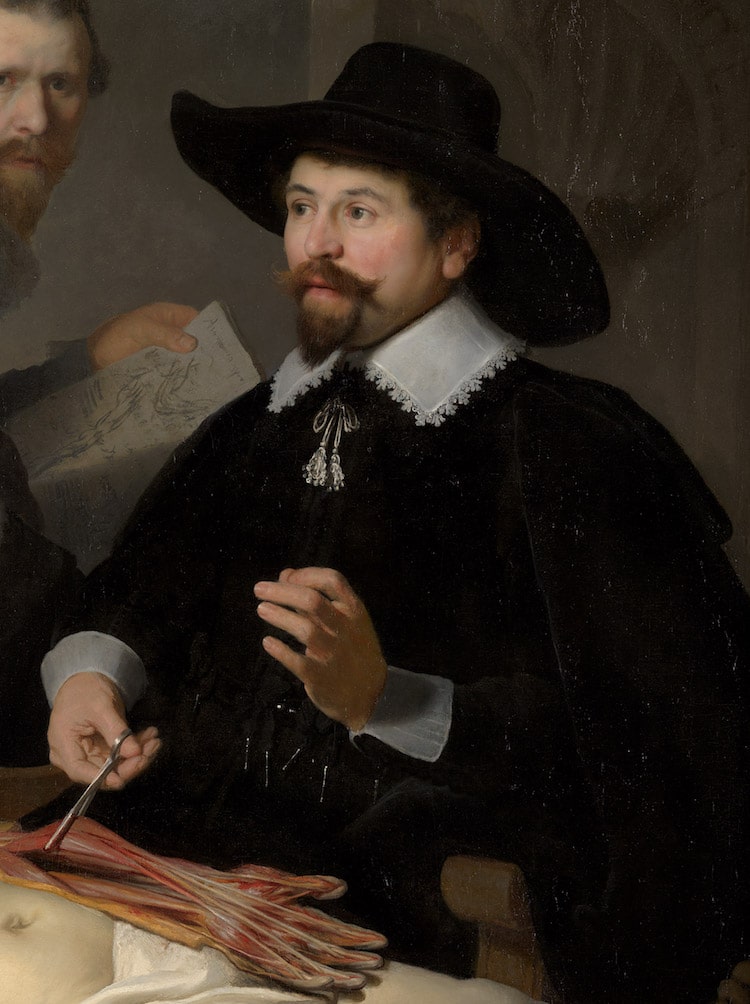Who was Rembrandt?
His initial success as a portrait painter established him as a greatDutch Golden Agepainter early on in his career.
Dissections were often hosted in theaters so that they could accommodate copious visitors.

Rembrandt, “The Anatomy Lesson of Dr. Nicolaes Tulp,” 1632 (Photo:Mauritshuis, viaWikimedia Commons, Public Domain)
The more central the positionsuch as the case for Dr. Tulpthe higher the price.
The corpse, for instance, is placed in the center of the composition with Christ-like iconography.
Instead, Dr. Tulp handles the corpse directlya task that he would not have normally done as the doctor.

Rembrandt, “Self-Portrait,” c. 1655 (Photo:Kunsthistorisches Museum,viaWikimedia Commons, Public Domain)
Additionally, in the painting, the dissection seems to be starting at the arm.
Rembrandt colors the body in a grayish pallor to distinguish him from the living characters.
A Look at the History of Creating Art in Multiples
Immerse Yourself in the Long-Running Tradition of Bathers in Art

Rembrandt, Only surviving fragment of “Dr. Deijman’s Anatomy Lesson,” 1656 (Photo:Amsterdam Museum,viaWikimedia Commons, Public Domain)

Nicolaes Eliaszoon Pickenoy, “Portrait of Nicolaes Tulp,” c. 1650-1699 (Photo:Amsterdam Museum,viaWikimedia Commons, Public Domain)

Rembrandt, Detail of “The Anatomy Lesson of Dr. Nicolaes Tulp,” 1632 (Photo:Mauritshuis,viaWikimedia Commons, Public Domain)

Rembrandt, Detail of “The Anatomy Lesson of Dr. Nicolaes Tulp,” 1632 (Photo:Mauritshuis,viaWikimedia Commons, Public Domain)